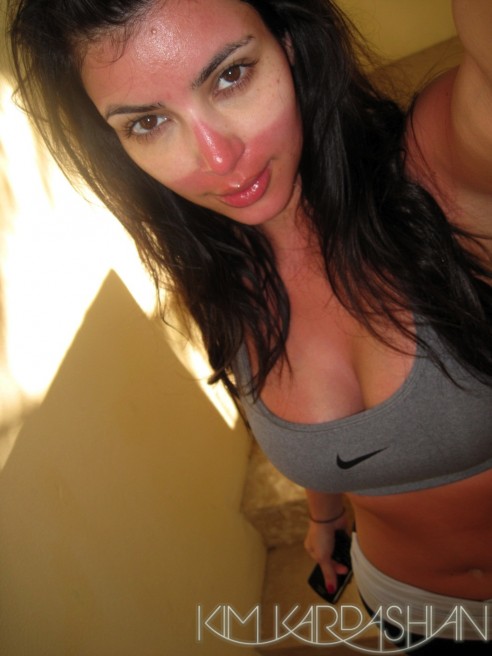Science Seen Physicist and Time One author Colin Gillespie helps you understand your world.
Fair Skin and the 737: Deadly Combination?
Fair Skin and the 737: Deadly Combination?
It’s northern summer so let’s speak about the m-word: Melanoma.
We evolved in a wide range of sunshine so it’s no surprise that our relationship with it is complex. Equatorial peoples have dark skins and can take (and need) lots of sun; high-latitude peoples take and need little. But maybe you move around. With fair skin you have high risk of melanoma; with dark skin almost zero. But, as we will see, skin cancer is only a small part of the problem.
Chamelli Jhappan, of the U.S. National Cancer Institute, says:
 It is now believed that the majority of all melanoma cases are caused, at least in part, by excessive exposure to sunlight.
It is now believed that the majority of all melanoma cases are caused, at least in part, by excessive exposure to sunlight.
No surprises; but what’s excessive? Some say any sun is bad. Yet do not tan is a one-sided message that may drastically increase the risk of other, much more deadly, cancers. For example, Thomas Churilla told the American Society for Radiation Oncology:
More than three-fourths of people with a variety of cancers have low levels of vitamin D, and the lowest levels are associated with more advanced cancer. … The five most common primary diagnoses were breast, prostate, lung, thyroid, and colorectal cancers.
‘Associated’ does not mean cause and effect. But this list could get you thinking. A World Health Organization review of scientific literature goes further:
What is now in the literature shows vitamin D from UVB or oral sources reduces the risk of about 24 types of cancer, that 1000–1500 IU of vitamin D per day is required to reduce cancer rates by 30–50%, and that the evidence generally satisfies the criteria for causality in a biological system.
Indeed, high D levels may reduce many risks (such as colon cancer, diabetes, heart attack, high blood pressure, influenza, multiple sclerosis, osteoporosis, stroke, and even melanoma). How can we acquire protection? Levels in foods are low; safety of large oral doses is unproven. Winter sun makes almost no D. For most, the main source is skin exposed to sunlight when the sun is overhead (when your standing-shadow’s shorter than you are). High-energy ultraviolet photons (aka UVB) break bonds in cholesterol to form vitamin D3, which is stored in the body. But they break other bonds. They damage DNA, which can set cells on the path to cancer. Is it possible to gain the good bond-breaking and avoid the bad?
Did you ever wonder why the recent epidemic of skin cancer? For example, one study found an eightfold increase in melanoma near Rochester in Minnesota over four decades starting in the 1970s. Sunshine’s not exactly new and ozone thinning’s not significant in most populated places. Is it coincidence the epidemic started about ten years after the late 1960s when the Boeing 737 introduced cheap short-haul flights and pale people started flocking to beaches for winter vacations? Melanoma’s thought to have a latency of about ten years from initiation to diagnosis. The evidence suggests slow tanning rarely causes melanoma; severe sunburn is chief culprit.
So: No such thing as a safe tan? It’s true. But so is: No such thing as a safe lack of tan. Until we see more and better studies, where’s the least-risk line between too little and too much? Some say just avoid all sun; but a better-balanced view is: Get a tan that suits your skin to keep you healthy; but don’t risk a burn, not even one.
Kim Kardashian says she learned a lesson: Don’t wear sunglasses while tanning. You’re learning the wrong lesson, Kim!
Sources
Chamelli Jhappan et al (2003), “Ultraviolet radiation and cutaneous malignant melanoma”, Oncogene, vol. 22, p. 3099; http://www.nature.com/onc/journal/v22/n20/full/1206450a.html
Thomas Churilla et al (2011), “Vitamin D deficiency common in cancer patients”, reported in Science Daily, October 3; http://www.sciencedaily.com/releases/2011/10/111003132353.htm
William Grant (2007), “The current public health message on UV exposure overlooks many health benefits”, Bull. W.H.O., Washington: World Health Organization, vol. 85, A; http://www.ncbi.nlm.nih.gov/pmc/articles/PMC2636644/
Yolanda Agredano (2006), “Accessibility to air travel correlates strongly with increasing melanoma incidence”,Melanoma Res., Alphen aan den Rijn: Wolters Kluwer, vol. 16, p. 77; http://www.ncbi.nlm.nih.gov/pubmed/16432460
Kurtis Reed et al (2012), “Increasing Incidence of Melanoma among Young Adults: An Epidemiological Study in Olmsted County, Minnesota”, Mayo Clin. Procs., Cambridge MA: Elsevier, vol. 87, p. 328; http://www.ncbi.nlm.nih.gov/pmc/articles/PMC3538462/
Other Materials
Information on vitamin D, Vitamin D Council, http://www.vitamindcouncil.org/about-vitamin-d/

No comments yet.